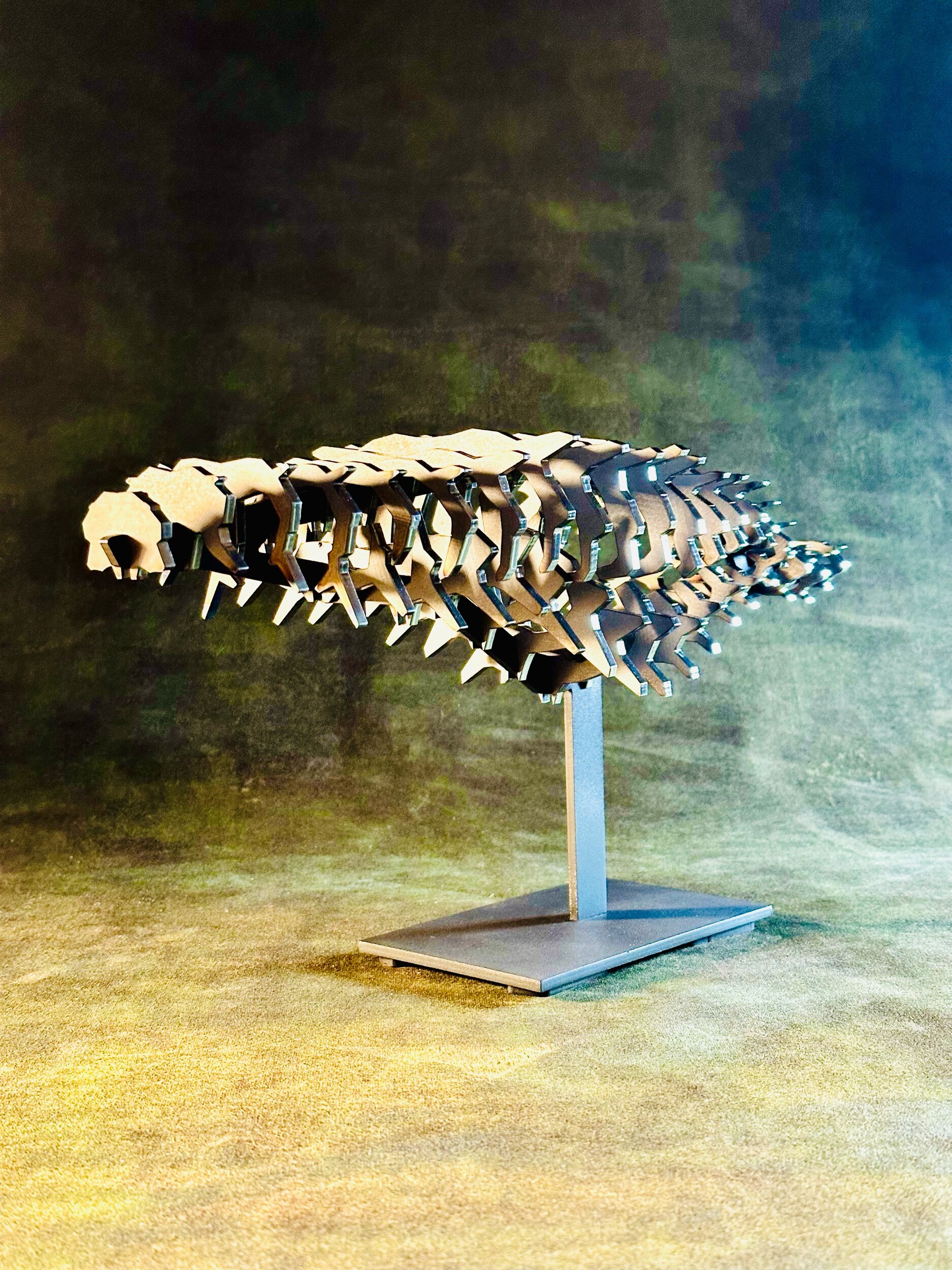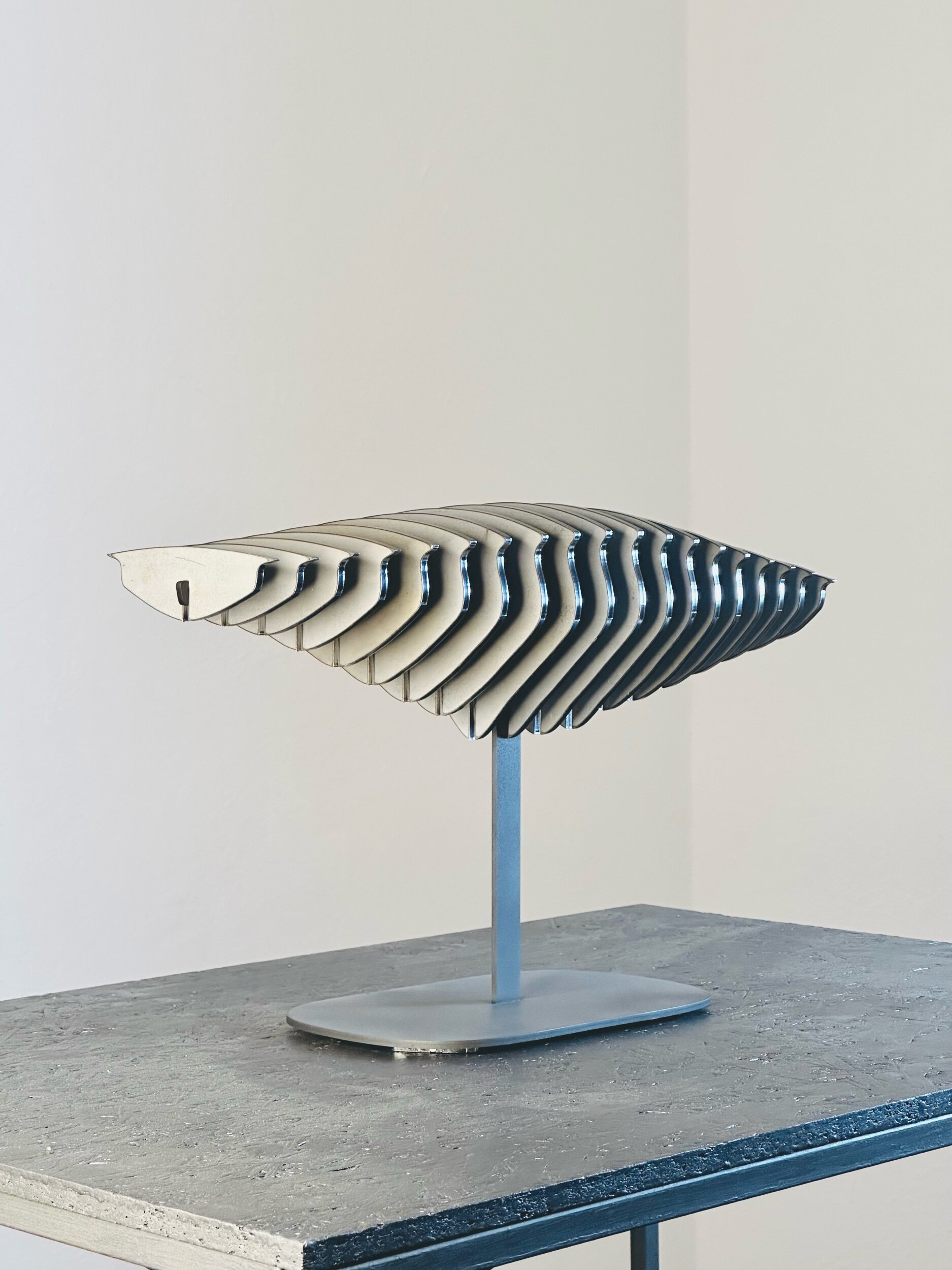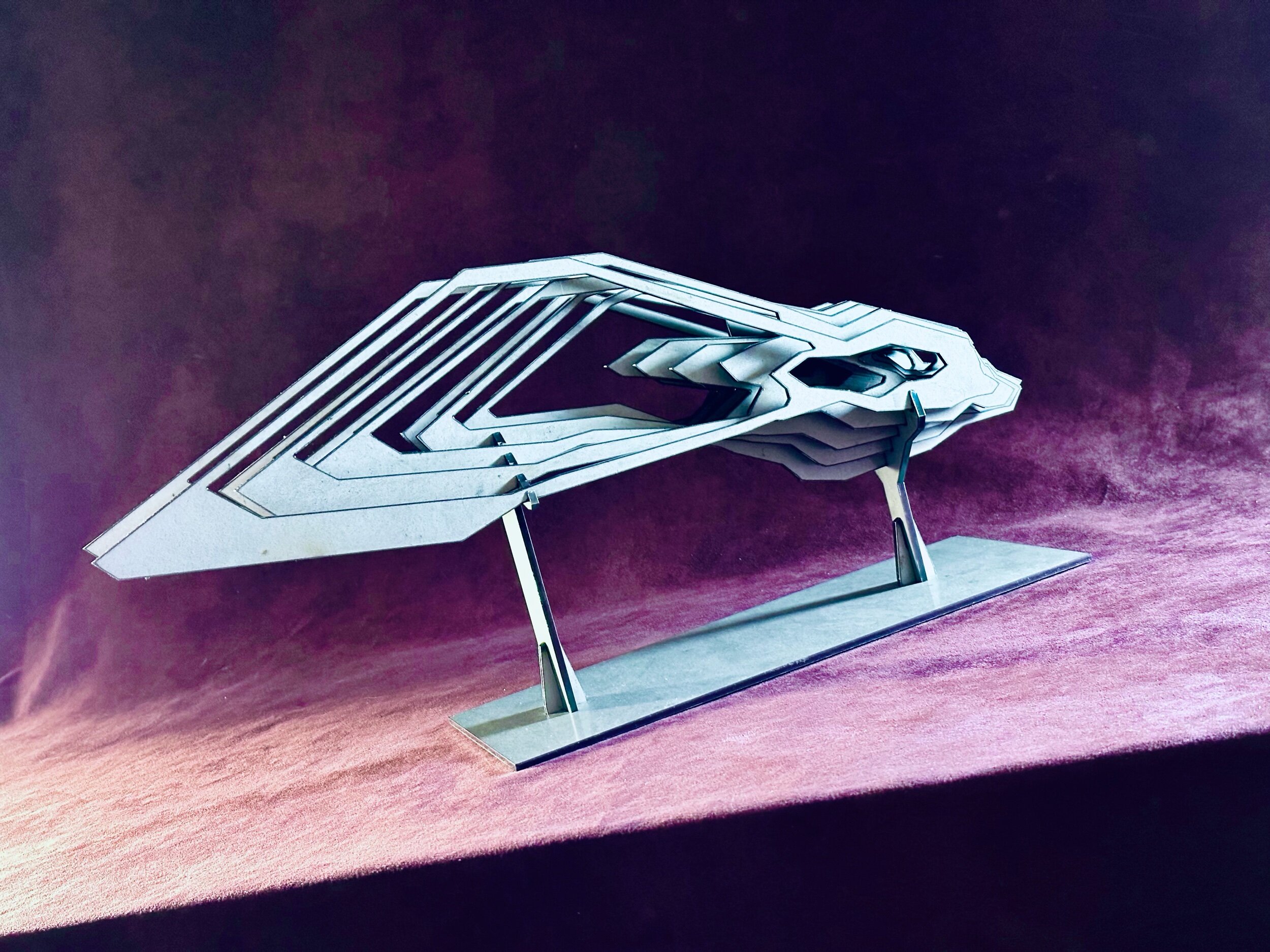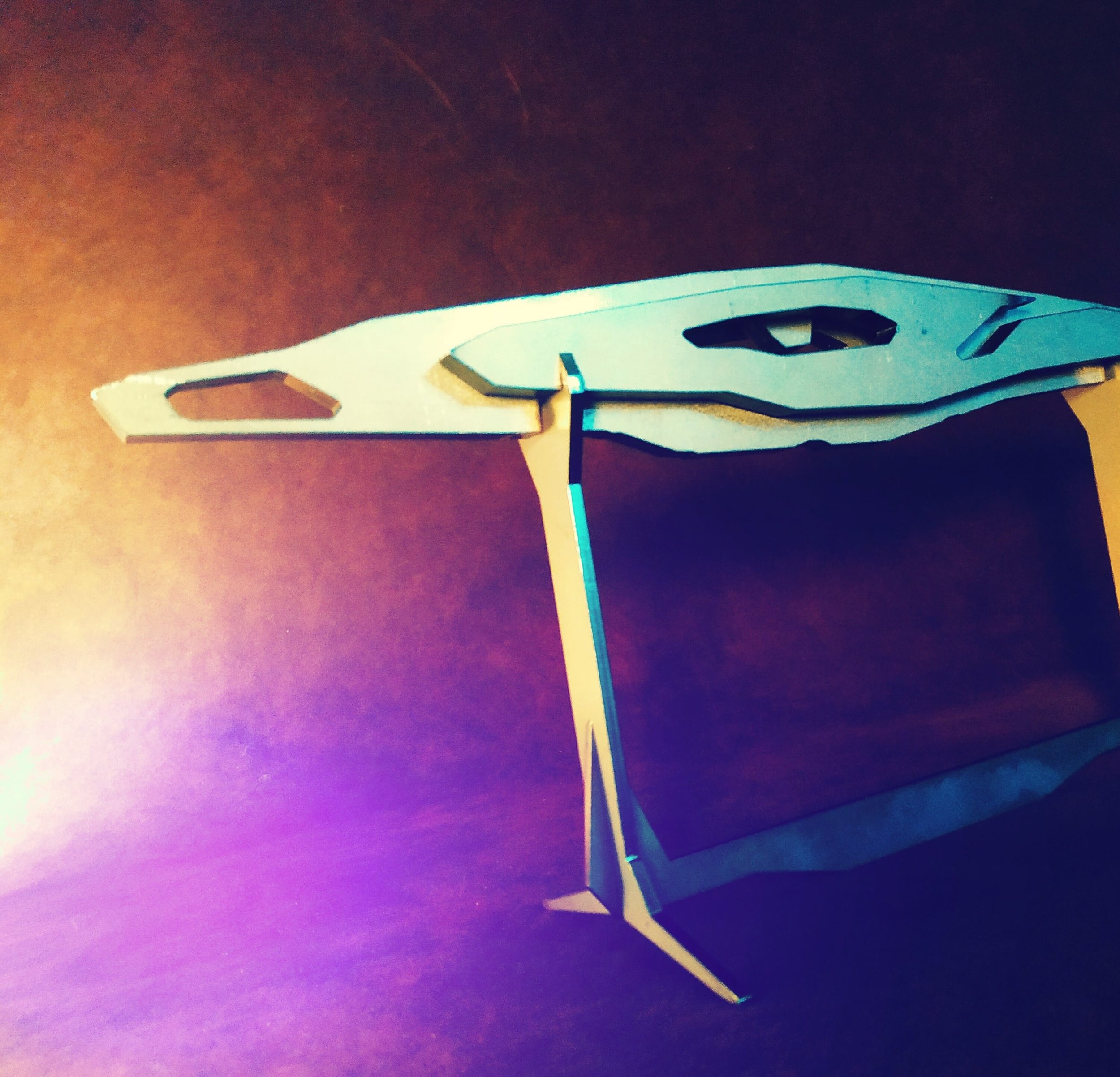Mapping the Invisible: How Astrophotography and Neuroradiology Uncover Hidden Worlds
In both neuroradiology and astrophotography, you start with noise and gradually build clarity.
31.January, 2024. Edited 20. February, 2025 - Blog #6 - Reading time 9 Min. - Peter Von Hauerland / Anton Meijer
#Astrophotography #Neuroradiology #Science
This blog takes a more personal profile turn, spotlighting an exceptional mind whose passion for discovery bridges the gap between science and the stars. It’s not just about stargazing but about someone who's turned that passion into something quietly impressive. Shoutout to Anton Meijer for sharing his insights—not just about gear and techniques but about why we even bother looking up in the first place.
Anton’s day job? He’s a neuroradiologist. When I asked him how that connects to astrophotography, he put it simply: "It’s not a coincidence I'm drawn to the human mind, imaging, and the night sky. They’re all about seeing beyond the obvious." That hit home. Whether you’re studying neurons or nebulae, you’re chasing clarity in the middle of complexity.
The connection between these two fields runs deeper than it might first appear. In neuroradiology, Anton works with imaging technologies like MRI and CT scans to visualize the hidden structures of the brain. These scans often rely on contrast, layering, and interpretation of faint signals—not unlike the process of capturing deep-sky images. Both disciplines involve turning raw data into something meaningful, whether it's a diagnosis or a glimpse of a distant nebula.
Anton explained further: "In both neuroradiology and astrophotography, you start with noise and gradually build clarity. When I look at a brain scan, I'm searching for subtle patterns that tell a story about health or disease. When I'm stacking astrophotography frames, it's the same process—isolating the signal from the background, revealing structures that were otherwise invisible."
This perspective reframes astrophotography as more than a hobby. It becomes a form of exploration—analyzing light from the past, much like a neuroradiologist interprets echoes of biological processes. Both pursuits require patience, precision, and an ability to look beyond surface appearances.
Stripped-Back Stargazing: The Gear Behind the Shots
Let’s talk about Anton’s setup—because it’s refreshingly simple. No fancy GoTo systems, no guiding, no computer running the show. He calls it "trial and error," but the results say otherwise. Here’s how he breaks it down:
Skywatcher Evostar 72ED scope on an EQ5 mount
Manual polar alignment—no tracking, no filters
Nikon D5500 DSLR, ISO 3200
Short 10-second exposures, stacked for around 40 minutes total
Location? A city backyard, Bortle 8 sky.
That’s right—city lights, basic gear, and yet he’s capturing deep-sky objects like the Rosette Nebula, Orion Nebula, and the iconic Horsehead Nebula. If you’ve ever hesitated because your rig isn’t "advanced enough," Anton’s work should be all the motivation you need.
Why It’s Not Just About the Picture
While the tech specs are impressive, it’s Anton’s mindset that really stood out. "Broadening your horizons stirs the imagination," he said, summarizing why he spends countless cold nights under the stars. It’s not just about stacking perfect frames—it’s about perspective.
He even threw in an interesting phrase: "Fascinated by astronomy and (artificial) intelligence. Chasing the big picture." That little hesitation around AI—framing it in brackets—caught my attention. In academic circles, it’s easy to sidestep AI as just another buzzword. But here, it’s more honest: technology can sharpen human curiosity, but it doesn’t replace the spark behind it.
And that’s why I’m writing this article. My own work—whether it’s sculpting space-inspired forms or exploring the "what ifs" of life beyond Earth—comes from that same itch to look deeper. Anton’s stripped-back approach reminded me that creativity often thrives within limitations.
So, how far is far enough? Maybe it’s not about distance at all. Maybe it’s about how you choose to see—whether through a 72mm refractor or just your own eyes on a clear night.
Clear skies, everyone.
Peter Von Hauerland
Astrophotography photos : Anton Meijer, Nijmegen, Netherlands, X handle: @MeijerNijmegen
Featured Images:
Rosette Nebula
Orion Nebula
Horsehead Nebula
Anton’s Gear:
Skywatcher Evostar 72ED scope on an EQ5 mount
Skywatcher 200/1000 PDS Newtonian reflector
Peter Von Hauerland / Anton Meijer
MORE ARTICLES:
Art Blog #186: Sala Giochi: The Beating Heart of Italy’s Playful Past and Present
If you’ve spent any amount of time in Italy, you’ve likely walked past a dimly lit room filled with flashing lights, the sounds of clinking coins, and a symphony of beeping machines.
Art Blog #185: How Do I Create my Cosmos Inspired Sheet Steel Sculptures
When humanity first looked up at the stars, it saw stories—gods, monsters, myths.
Art Blog #184: Who is Katie Bouman?
Do you remember the picture that went viral in April 2019, resembling a glowing cosmic donut?
Art Blog #183: Conquer Your Mornings Like Van Gogh
There’s a reason superheroes have costumes. It’s not just for show. Putting on a certain outfit flips a switch in your brain.
MORE ARTICLES:
Art Blog #182: Where is Jim Parsons Taking Us in the Next Season of Young Sheldon?
Ah, the inexorable march of time—a concept that has fascinated physicists and troubled sitcom writers for decades.
Art Blog #181: The History of NASA: A Tale of Creativity, Ambition, and the Future of Space Exploration
When humanity first looked up at the stars, it saw stories—gods, monsters, myths.
Art Blog #180: What is Speculative Paleontology?
Imagine walking through a dense alien jungle, filled with creatures that look vaguely familiar—like dinosaurs, but not quite.
Art Blog #179: Art Is Subjective: Why Your Taste Is More Valid Than You Think
Art is weird. It just is. What one person calls a masterpiece, another dismisses as nonsense.
LATEST IN OUR ART SHOP:
LIST OF BLOG ARTICLES:
Blog #195: Why You Should Write Down Your Dreams
Blog #194: How I Design My Sheet Metal Sculptures: A Fusion of Space, Steel, and the Unknown
Blog #193: Best Art Quotes by Famous Artists: Wear Inspiration Like a Badge of Honor
Blog #192: How Science Fiction Movies Shape Modern Art and Sculpture
Blog #191: Cybertruck Graffiti - Vandalism or Genius Marketing?
Blog #190: You Think It, I Ink It: The Evolution of Tattoo Art as a Form of Personal Storytelling
Blog #189: How To Save On Art and Sculptures In 2025
Blog #187: Asteroid 2024 YR4: Is Earth Going to Face its Deep Impact Moment?
Blog #186: Sala Giochi: The Beating Heart of Italy’s Playful Past and Present
Blog #185: How Do I Create my Cosmos Inspired Sheet Steel Sculptures
Blog #184: Who is Katie Bouman? The Person Who Stands Behind the First Black Hole Picture
Blog #183: Conquer Your Mornings Like Van Gogh - One Shirt at a Time
Blog #182: Where is Jim Parsons Taking Us in the Next Season of Young Sheldon?
Art Blog #180: What is Speculative Paleontology?
Art Blog #179: Art Is Subjective: Why Your Taste Is More Valid Than You Think
Art Blog #176: PlayStation Network Down: Why the Outage Exposes a Bigger Problem
Art Blog #175: Vincent Van Gogh: The Power of Small Steps in a Digital Age
Art Blog #174: Elon Musk Gone Crazy
Art Blog #173: Abstract Sculptures Made of Sheet Steel Metal: A New Dimension of Art

















